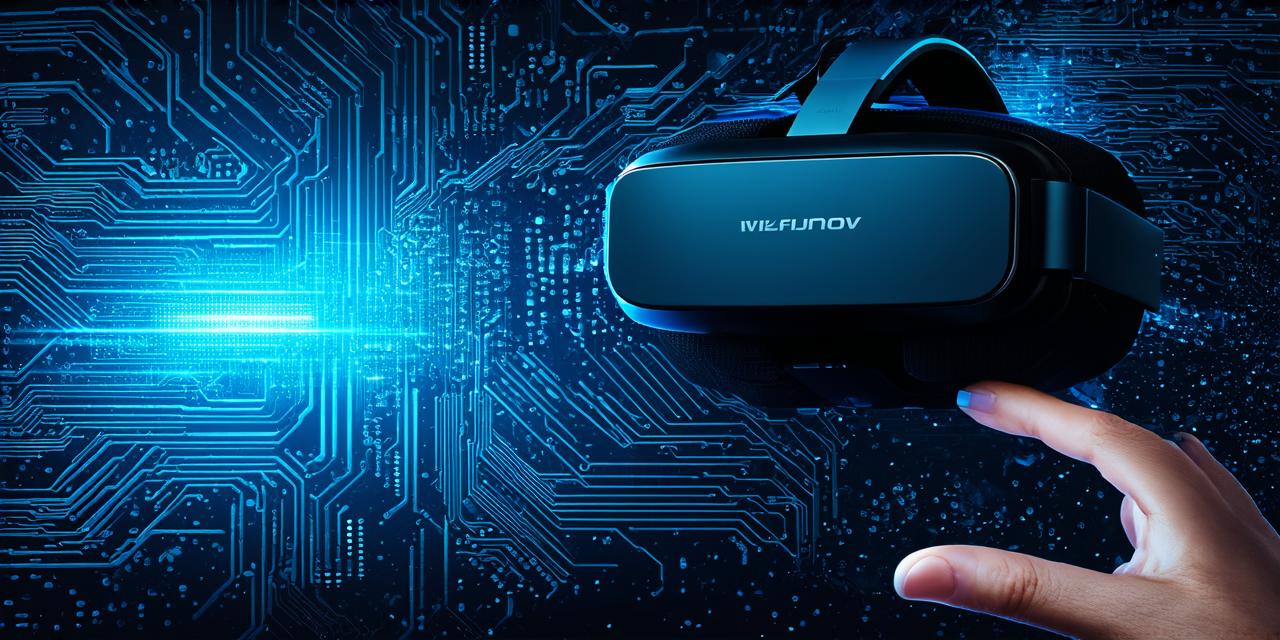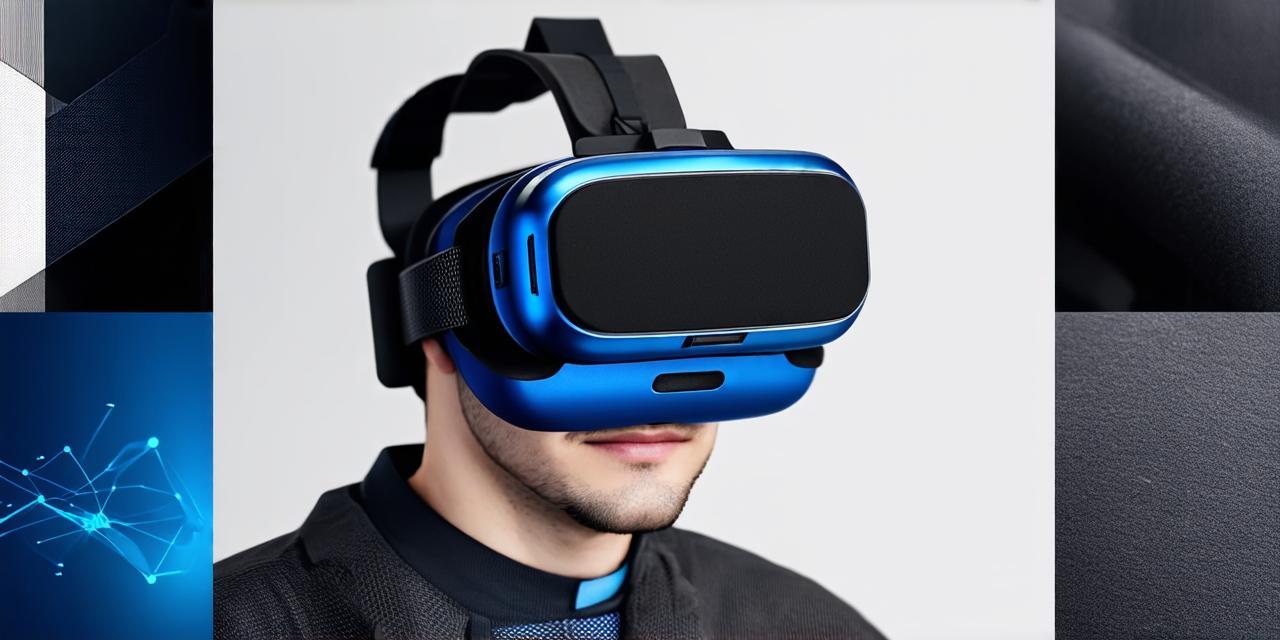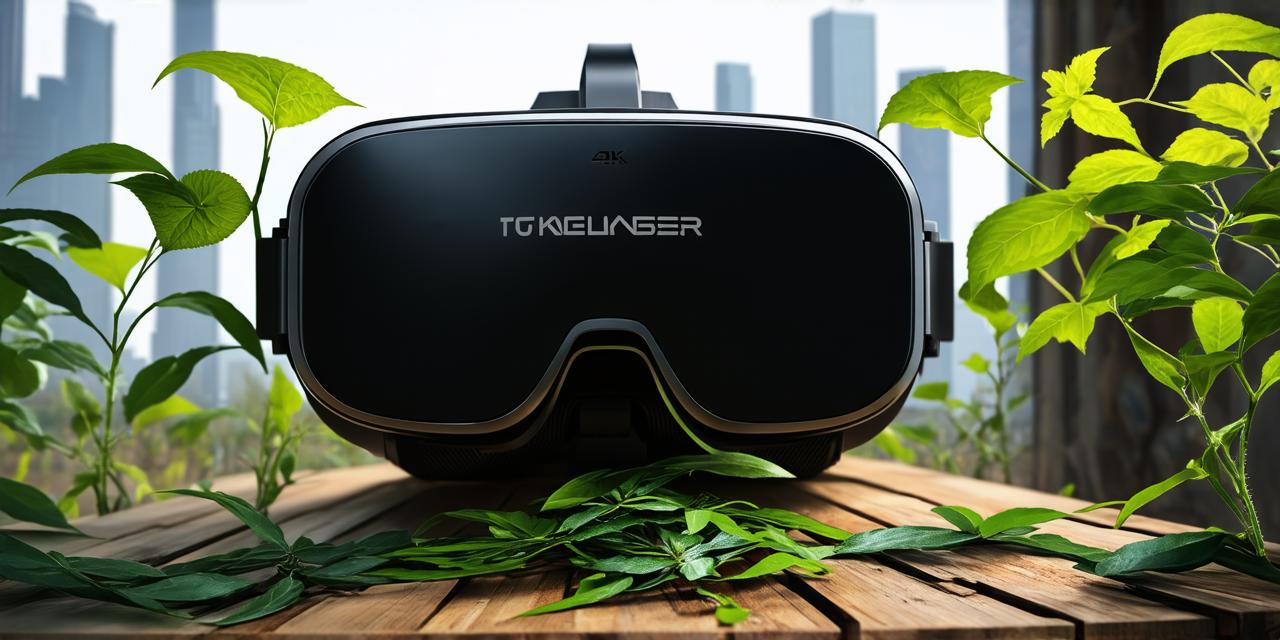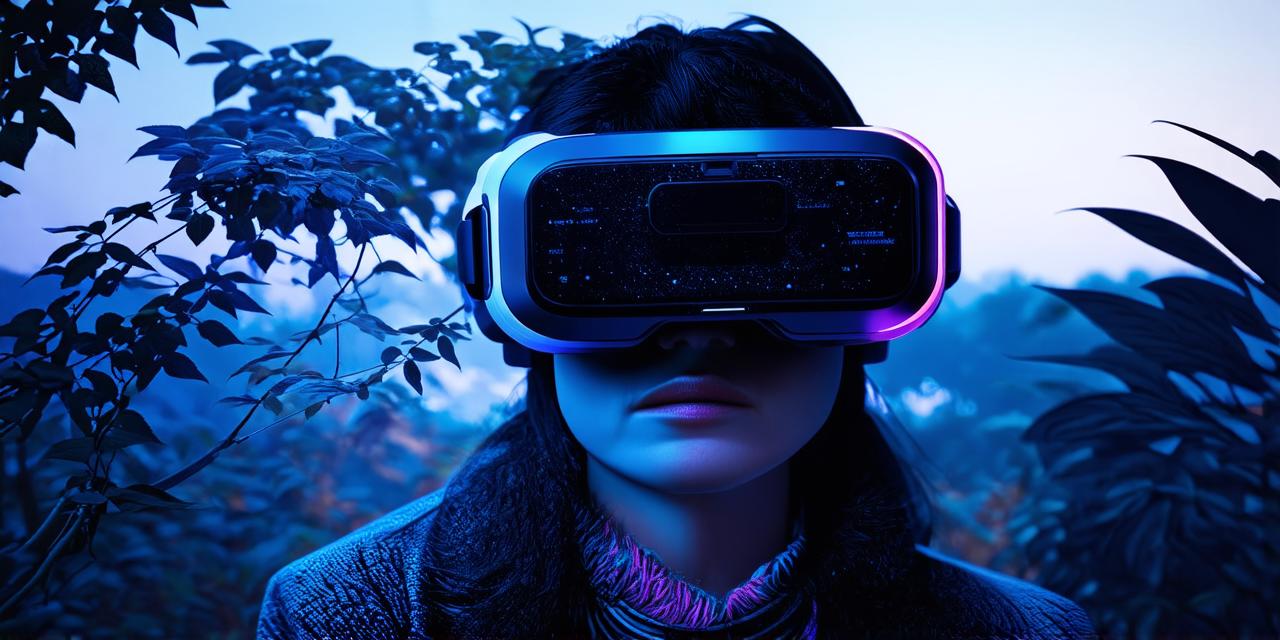Virtual Reality (VR) is an emerging technology that promises to revolutionize the way we interact with digital environments. With its vast potential applications ranging from entertainment to education, healthcare to gaming, VR has the ability to change our lives significantly.
Motion Sickness Prevention: The First Key Feature
One of the biggest challenges faced by VR developers is motion sickness prevention. Motion sickness occurs when there is a mismatch between what our eyes see and what our brain perceives. In virtual environments, this can lead to disorientation, nausea, and even vomiting. To prevent motion sickness, developers need to consider the following factors:
Field of View (FOV)
Field of view refers to the angle at which a user can see in VR. A wider field of view can help reduce motion sickness by providing more visual cues and reducing disorientation. However, a very wide field of view can also lead to motion sickness if not implemented correctly. A good rule of thumb is to aim for a field of view between 90-120 degrees.
Tracking
Accurate tracking is essential for preventing motion sickness in VR. If the user’s movements are not accurately tracked, it can cause visual glitches and disorientation. Developers need to use advanced tracking technology to ensure that the user’s movements are captured and translated into the virtual environment in real-time.
Smooth Transitions
Smooth transitions between different environments or actions are crucial for preventing motion sickness. Rapid changes can cause visual disorientation, leading to nausea and vomiting. Developers need to ensure that the user’s movements are smoothly transitioned into new environments or actions to prevent this.
Comfortable Headsets
The design of the VR headset is also important in preventing motion sickness. A well-designed headset should be comfortable, lightweight, and adjustable to fit the user’s head size and comfort preferences. It should also have a wide field of view, good tracking, and smooth transitions.
User-Friendly Interfaces: The Second Key Feature
In addition to motion sickness prevention, VR developers need to consider user-friendly interfaces to create a seamless and enjoyable experience. User-friendly interfaces can help users navigate the virtual environment easily, find information quickly, and perform tasks with ease. To achieve this, developers need to focus on the following factors:
Intuitive Controls
Intuitive controls are essential for a user-friendly VR interface. Users should be able to control their movements in the virtual environment naturally and without confusion. Developers can achieve this by using hand gestures, body movements, or other input methods that are easy to understand and use.
Clear Signage and Navigation
Clear signage and navigation are crucial for a user-friendly VR interface. Users should be able to easily navigate the virtual environment and find the information they need. Developers can achieve this by using visual cues, such as arrows or labels, to guide users through the virtual environment.
Feedback and Interaction
Feedback and interaction are essential for a user-friendly VR interface. Users should be able to interact with the virtual environment and receive feedback on their actions. Developers can achieve this by using haptic feedback or other forms of sensory input to provide users with feedback on their actions.
Personalization Options
Personalization options are essential for a user-friendly VR interface. Users should be able to customize the virtual environment to suit their preferences and needs. Developers can achieve this by providing users with customizable settings, such as lighting or sound, that they can adjust to their liking.
Examples of User-Friendly VR Applications
There are many examples of user-friendly VR applications that incorporate the key features discussed above. Two popular examples are:
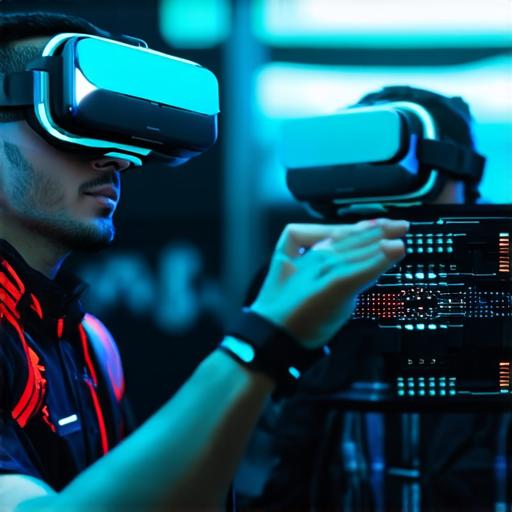
Oculus Quest 2
The Oculus Quest 2 is a wireless VR headset that promises to deliver a seamless and enjoyable VR experience. The Quest 2 has intuitive controls, clear signage and navigation, feedback and interaction, and personalization options. It also has a wide field of view (108 degrees), accurate tracking, and smooth transitions.
Google Earth VR
Google Earth VR is a VR application that allows users to explore the world in virtual reality. The application has intuitive controls, clear signage and navigation, feedback and interaction, and personalization options. It also has a wide field of view (100 degrees), accurate tracking, and smooth transitions.
Conclusion
In conclusion, to create a seamless and enjoyable VR experience, developers need to focus on two key features: motion sickness prevention and user-friendly interfaces. By incorporating these features into their VR applications, developers can create immersive and enjoyable experiences that users will love. The Oculus Quest 2 and Google Earth VR are excellent examples of how these features can be implemented in real-life VR applications to deliver a seamless and enjoyable experience.
